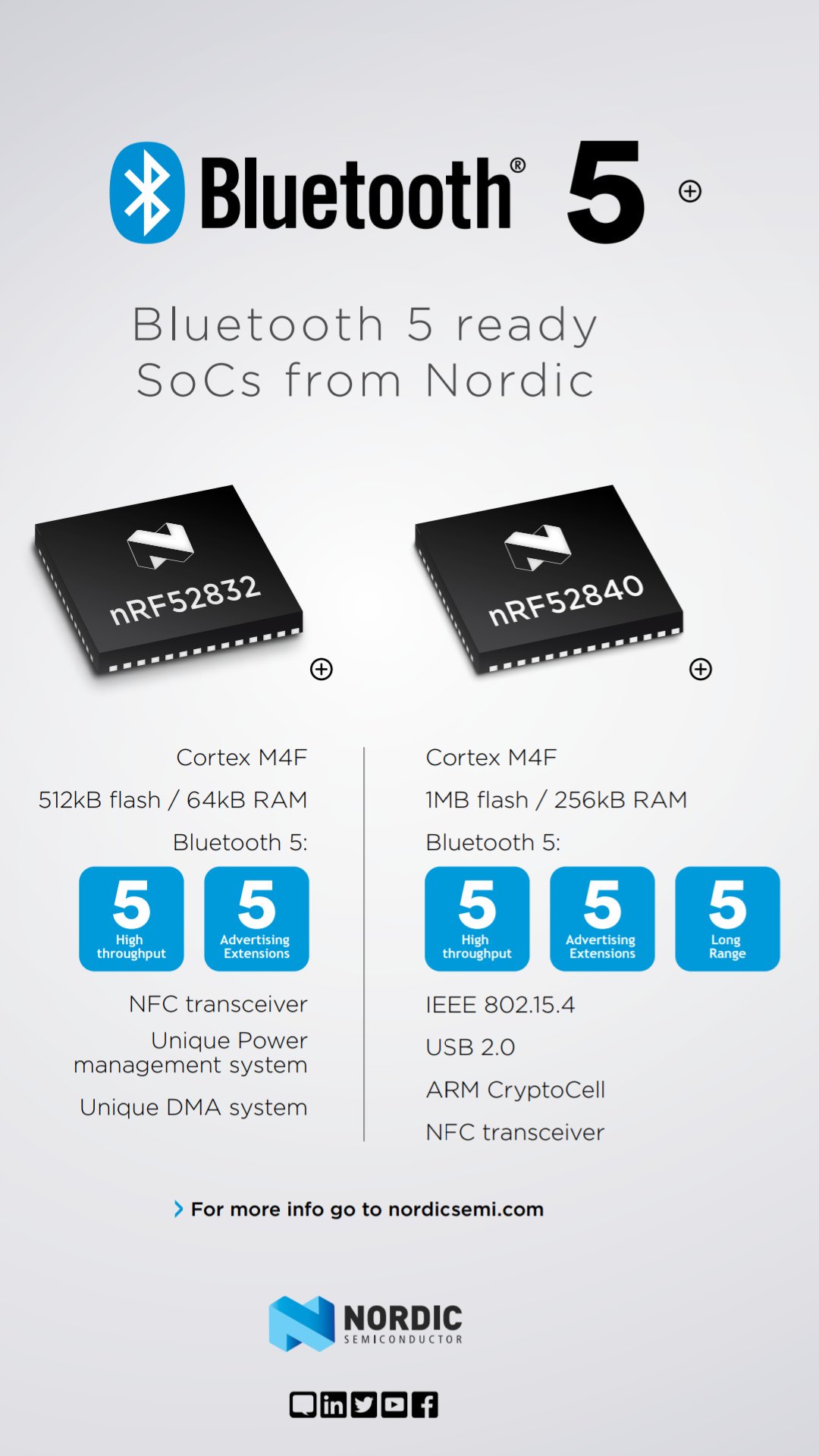
> This is highlight of difference
> between #nrf52840 & #nRF52832.
>
> #nRF52840 has additional feature of ARM CryptoCell.
>
> Is this make #nRF52840 more secure for
> #IoT or #BluetoothMesh application where security of network is more
> important ?
